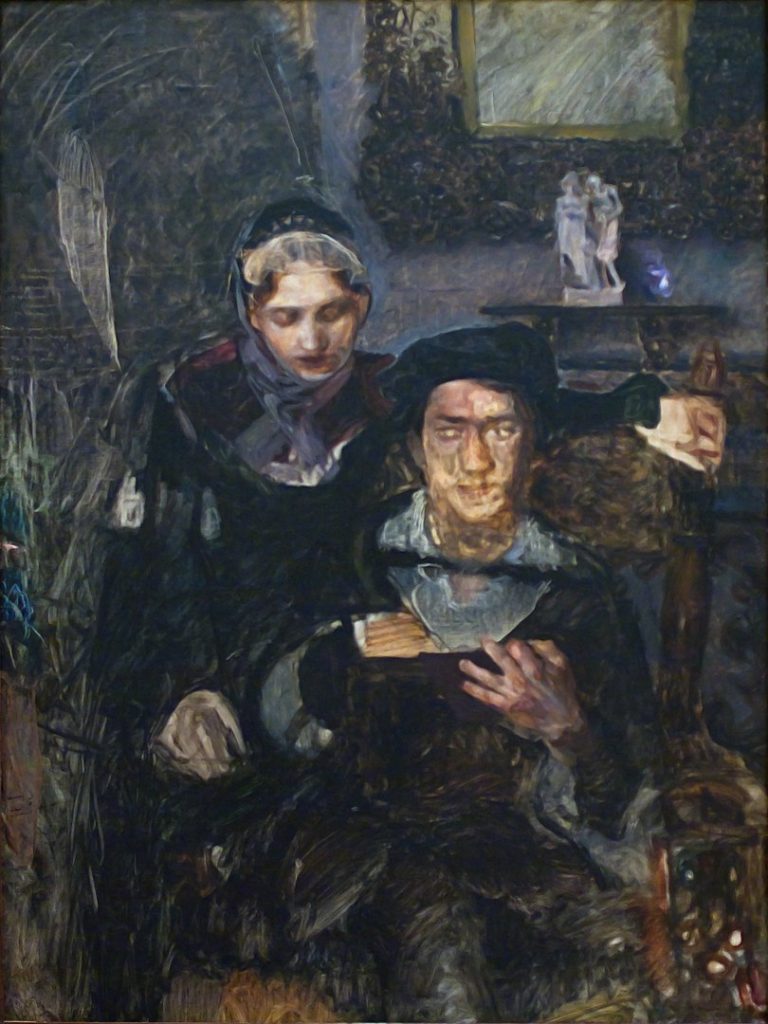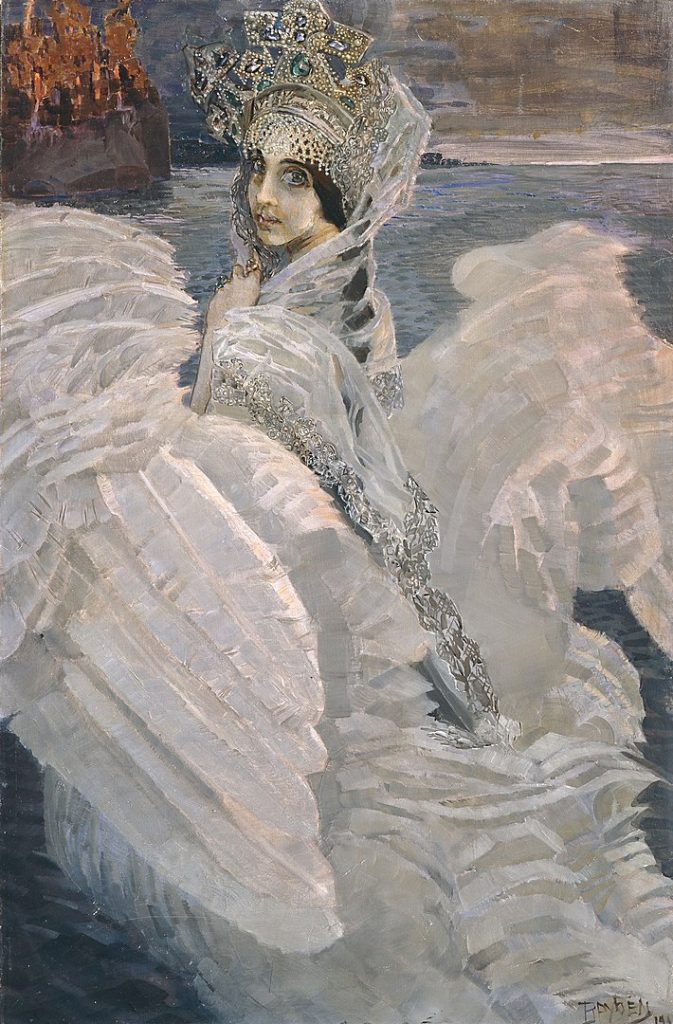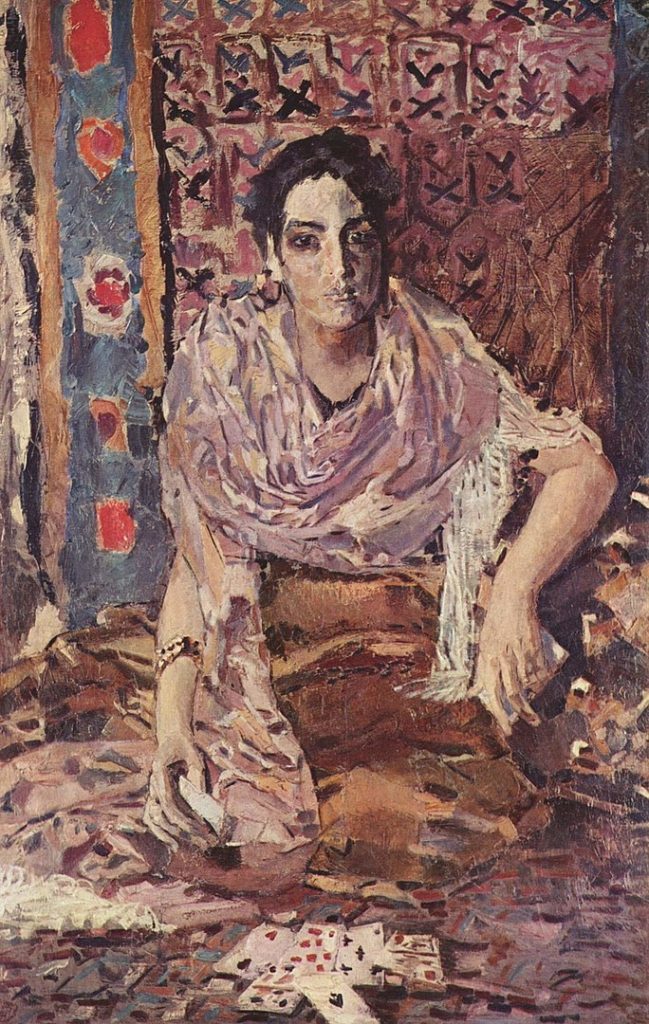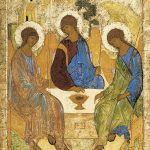
Mikhail Aleksandrovich Vrubel, born on March 17, 1856, in Omsk, Russia, emerged as one of the most distinctive and controversial figures in Russian art, straddling the boundary between the fading world of the 19th-century romantic artists and the emerging forces of modernism. His work, characterized by a unique blend of realism, symbolism, and the then-nascent Art Nouveau movement, continues to fascinate art historians and enthusiasts alike for its intense emotionality, innovative use of color, and complex symbolism.
Creative Discipline
Vrubel was born into a military family, which instilled in him a sense of discipline and order that would later contrast sharply with the tumultuous creativity of his art. Despite showing early talent in art, Vrubel initially followed a more conventional path, studying law at the Saint Petersburg University. It wasn’t until he attended the Imperial Academy of Arts in Saint Petersburg that he fully embraced his calling as an artist. There, he was influenced by the Byzantine-inspired style of his teacher, Pavel Chistyakov, which would leave a lasting imprint on his work.
After completing his studies, Vrubel’s career began with work on church frescoes and restorations of medieval paintings, most notably in Kiev. This period was crucial in developing his appreciation for Byzantine and Early Renaissance art, which informed his later works with their ethereal and otherworldly qualities. Vrubel’s fascination with the medieval and the mythical became a recurring theme throughout his oeuvre, particularly evident in his series of works inspired by the Russian fairy tale “The Demon” by Mikhail Lermontov.

“The Demon” series, which includes paintings, drawings, and decorative panels, showcases Vrubel’s signature style: complex compositions, a rich palette, and a mysterious, almost mystical atmosphere. His depiction of the Demon character oscillates between menace and melancholy, embodying Vrubel’s interest in the dual nature of beauty and destruction, themes that resonated with the Symbolist movement prevalent in Russia at the time.
Vrubel’s personal life was as tumultuous as his art. His marriage to the famous opera singer Nadezhda Zabela-Vrubel played a significant role in his artistic development, inspiring him to create stage designs and costumes, as well as portraits that capture her ethereal beauty. However, Vrubel struggled with mental health issues, which worsened over time and often affected his ability to work. Despite these challenges, his wife’s support remained unwavering until his death.
Strange Technique
One of Vrubel’s most notable contributions to art was his mastery of the majolica technique, a type of tin-glazed pottery, which he applied to create strikingly original sculptures and architectural decorations. His work with majolica, particularly the large-scale panel “Princess of Dreams,” exemplifies his skill in blending painting, sculpture, and architecture into a cohesive artistic vision.
Throughout his career, Vrubel faced criticism and misunderstanding from both the public and his contemporaries. His work, often perceived as bizarre or excessively fantastical, did not fit neatly into the established categories of his time. Yet, this outsider status allowed him the freedom to explore and express his unique vision without constraint.
The turn of the century brought more recognition to Vrubel’s art, aligning with the broader shifts in European art towards modernism and abstraction. His influence can be seen in the work of later Russian avant-garde artists, who similarly sought to transcend the boundaries of reality and explore the depths of the human psyche.

Vrubel’s final years were marked by a decline in his mental and physical health, culminating in his death on April 14, 1910. Despite this tragic end, his legacy lived on, growing in stature as subsequent generations came to appreciate the depth and originality of his work. Today, Vrubel is celebrated as a visionary who pushed the boundaries of artistic expression, blending the mystical with the real, and paving the way for future explorations in the realm of modern art.
In conclusion, Mikhail Vrubel’s biography is a tale of brilliance, innovation, and tragedy. His contributions to Russian art cannot be overstated, bridging the gap between the traditional and the modern, the tangible and the fantastical. Vrubel’s work continues to inspire and challenge, a testament to his enduring influence on the art world. Through his paintings, sculptures, and decorative arts, he invites us to look beyond the surface, to the deeper meanings and emotions that lie beneath, making him one of the most fascinating artists of his time.




